Illinois, a trailblazer in the Midwest for its progressive stance on cannabis, legalized recreational marijuana use at the start of 2020. Since then, the state has seen a surge in public discourse, market activity, and social change driven by this bold move. Cannabis consumption has become part of everyday conversation, policy development, and economic strategies for Illinois cities. Among them, one metropolis not only stands out within the state but also ranks among the most prominent in the nation for its cannabis culture and consumption.
This blog article explores which city leads Illinois in marijuana use, the factors propelling its status, and how the local environment, regulations, consumer preferences, and broader trends have combined to shape its reputation as the weed capital of the state.
The Legal Evolution of Cannabis in Illinois
Illinois’s journey toward legalized cannabis began with the Compassionate Use of Medical Cannabis Pilot Program Act in 2013, paving the way for regulated access to marijuana products for qualified patients. The state capitalized on that momentum, passing legislation for recreational adult use in 2019. This monumental shift went into effect on January 1, 2020, making Illinois the first state in the Midwest to legalize both the sale and consumption of recreational cannabis.
Key legal milestones include:
-
Residents aged 21 and older allowed to purchase and possess limited amounts of cannabis products.
-
The establishment of a regulated licensing system for dispensaries and cultivation centers.
-
Equity programs aimed at repairing past harms caused by cannabis prohibition.
-
Specific zoning regulations embraced by cities and municipalities, leading to different levels of retail and social consumption accessibility.
Cannabis Market Growth and Economic Impact
Since legalization, Illinois has rapidly developed one of the largest legal cannabis markets in the country. The state’s regulatory approach, focus on social equity, and high demand have fueled impressive sales growth and tax revenue generation, with billions of dollars in total sales.
Highlights of Illinois’s cannabis economics include:
-
Adult-use cannabis sales have consistently set new records, surpassing $1.6 billion in sales in a single year.
-
Significant tax revenue redirected to social initiatives, community reinvestment, and public health programs.
-
A surge in dispensary openings across urban, suburban, and even rural regions, although with heavy concentration in and around major metropolitan areas.
The Contenders: Illinois Cities and Cannabis Consumption
Illinois is rich with dynamic cities, each developing unique relationships with cannabis. While cities like Springfield, Aurora, and Peoria have developed reputable cannabis markets, it is clear that the scale and vibrancy of cannabis use are not evenly distributed.
Let’s explore several of the state’s most notable urban centers and their cannabis trends before focusing on the frontrunner.
-
Springfield: The state capital, with a modest but growing cannabis presence, has seen local dispensaries serve residents and visitors alike. Cannabis-related festival attendance is increasing, but per capita usage remains moderate.
-
Naperville: After an initial ban, Naperville embraced dispensaries, which sparked growth in retail activity. Still, consumption rates are generally reflective of a suburban area.
-
Champaign-Urbana: Known for its large student population, Champaign-Urbana often experiences spikes in cannabis use, particularly among young adults and university attendees.
-
Peoria: An industrial hub with an established medical and recreational cannabis market, Peoria’s consumption levels are on the rise but do not lead the state.
Yet, when measuring sheer consumption, no city comes close to the magnitude of Chicago.
Chicago: Illinois’s Cannabis Capital
When it comes to cannabis consumption, Chicago stands in a league of its own not just in Illinois, but often across national rankings. The Windy City’s population of nearly three million, diverse neighborhoods, vibrant nightlife, bustling tourism, and status as a regional and international hub make it the focal point of Illinois’s cannabis industry.
Cannabis Consumption in Chicago
Chicago consistently ranks as one of the top cities in the United States for marijuana usage and overall consumption. Stats place the city among the nation’s leaders in total cannabis consumed annually, often with over twenty metric tons reported in a year.
Details that highlight Chicago’s leadership in weed consumption:
-
Chicago is ranked nationally among cities for the highest total annual cannabis consumption.
-
The city’s per capita weed consumption is among the highest in Illinois.
-
Neighborhoods on Chicago’s north and near-north sides report some of the highest usage rates in the metropolitan area, with younger adults and certain demographic groups exhibiting particularly high prevalence rates.
Dispensary Access and Social Scene
Chicago features one of the densest concentrations of licensed cannabis dispensaries in the state. Residents and visitors alike benefit from convenient access, with four in five Illinoisans living within a short drive of a dispensary. This accessibility, paired with a robust tourism industry, live events, festivals (notably Lollapalooza), and a thriving nightlife scene, drives more foot traffic and sales for local establishments.
-
Dispensaries abound in neighborhoods such as River North, West Loop, and Logan Square.
-
Cannabis sales often see massive spikes during large events and festival weekends, with many shops reporting their highest revenues during these periods.
-
The city’s vibrant culture has fostered locally sourced cannabis brands, cannabis-themed tours, and events tailored to both locals and tourists.
Social Trends and Demographics
The cannabis culture in Chicago is shaped by diverse social groups, including students, young professionals, artists, musicians, and tourists. The city’s universities, thriving arts districts, and progressive attitudes have contributed to growing acceptance and normalization of cannabis in daily life.
Notably,
-
The highest prevalence of cannabis use is seen in the 18- to 25-year-old age bracket.
-
Black, non-Hispanic residents report higher-than-average consumption rates according to recent state surveys.
-
Income and location both play a role, with inner-city and lakefront neighborhoods showcasing increased usage compared to suburban or outlying areas.
Market Innovations and Consumption Lounges
While cannabis consumption lounges have not yet opened within Chicago’s city limits, moves are underway to allow these social venues. Suburbs and nearby communities have begun to open lounges, reflecting strong demand for communal cannabis-friendly spaces. Industry advocacy groups are urging the city to embrace this next frontier, which would further entrench Chicago as a pioneer in cannabis culture and innovation.
Pricing, Supply, and Consumer Behavior
Chicago’s unique cannabis market features a robust retail supply, but also experiences higher prices compared to states with more liberal licensing policies. Industry analysis reveals that while many consumers purchase from legal dispensaries, a notable portion remains loyal to the illicit market due to cost, selection, or convenience.
Key points on consumer behavior:
-
Smoking remains the most popular method, followed by edibles and vaping oil.
-
Recreational purchases outweigh medical sales, highlighting the primarily social orientation of Chicago’s cannabis market.
-
Local brands, infusions, and events have built a distinctive cannabis identity that integrates seamlessly with the city’s wider lifestyle and entertainment scene.
How Does Chicago Compare?
To fully appreciate Chicago’s number one status, it’s worth contrasting local consumption with other Illinois cities and national contenders:
| City | Annual Cannabis Use (Metric Tons) | Dispensary Count | Unique Features |
|---|---|---|---|
| Chicago | ~25+ | 50+ | Major events, dense market |
| Aurora | Lower | ~5 | Suburban, growing market |
| Peoria | Lower | 3 | Expanding medical access |
| Champaign-Urbana | Moderate | ~4 | College-driven demand |
| Rockford | Lower | 2 | Small, regional market |
Chicago’s sheer size, density, and cultural vibrance fuel its leadership in cannabis consumption, outpacing not only other state cities but rivalling some of America’s iconic “weed capitals.”
Factors Fueling Chicago’s Weed Dominance
Chicago’s cannabis scene thrives due to a synergy of social, legal, and economic forces:
-
Density and Diversity: A multicultural population, including a high proportion of young adults and creatives, encourages experimentation and open attitudes.
-
Accessibility: Wide availability of dispensaries across key neighborhoods and retail corridors.
-
Tourism and Hospitality: Chicago’s status as a tourist powerhouse supports ongoing demand from out-of-state visitors, especially with major events and festival weekends catalyzing huge spikes in sales.
-
Progressive Attitudes: City policies reflect a tolerant environment, embracing not only consumption but also business innovation, social justice efforts, and diverse retail experiences.
-
Event Economy: Cannabis has readily integrated into Chicago’s food, music, and arts scenes.
The Social and Public Health Landscape
Despite Chicago’s robust cannabis culture and economic impact, public health and social issues remain in focus. Authorities and community groups monitor consumption trends to ensure responsible use, particularly among youth, marginalized communities, and those at risk of substance use disorders.
-
Public campaigns aim to educate on responsible consumption and the potential risks associated with high-frequency use.
-
Universities and local organizations partner to monitor student and teen usage rates, noting that access is easier than ever but risks still require attention.
-
Tax revenues have been redirected to support addiction treatment, education, community reinvestment, and social equity programs across the city.
Community Perspectives and Ongoing Challenges
Residents, local leaders, and advocacy organizations frequently weigh in on the evolving cannabis landscape:
-
Some neighborhoods embrace the economic boon, job creation, and expanded retail activity brought by the cannabis sector.
-
Others voice concerns over public consumption, youth access, and potential negative impacts on safety or health.
-
Social equity and inclusion remain ongoing priorities, with new dispensary licenses targeted for ownership by groups historically harmed by prohibition policies.
-
The debate continues around illicit versus licensed supply, with high legal prices driving some consumers to the underground market.
Looking Ahead: The Future of Cannabis in Chicago and Illinois
As Chicago cements its status as Illinois’s top city for weed consumption, broader state and local trends suggest a promising—if complex—future:
-
The state aims to increase the number of licensed dispensaries, expanding choice and competition.
-
Legal reforms are under consideration to allow for further innovation, such as city-based consumption lounges and new cannabis-infused experiences.
-
Social and policy programs continue targeting responsible expansion, harm reduction, and equitable participation in the industry.
For Chicagoans and visitors, the city remains both a proving ground and a showcase for the ever-evolving role of cannabis within urban life. From Lake Michigan beaches to the bars and music halls of Wicker Park, cannabis culture weaves through daily experience, public conversation, and the rhythm of one of America’s greatest cities.
Conclusion
Chicago’s reign as the city with the highest weed consumption in Illinois is the result of a perfect blend of population, policy, culture, and commerce. Its position at the forefront of cannabis innovation and normalization within the state is unmatched, setting a benchmark not only for Illinois but for the entire Midwest. As legislative landscapes shift and social attitudes continue to evolve, Chicago will remain a vibrant laboratory for cannabis use, acceptance, and growth.
Whether you’re an advocate, a casual visitor, an entrepreneur, or simply a curious observer, Chicago’s unique role in the state’s cannabis story is impossible to ignore—and its future in this field, like its skyline, only seems set to rise.

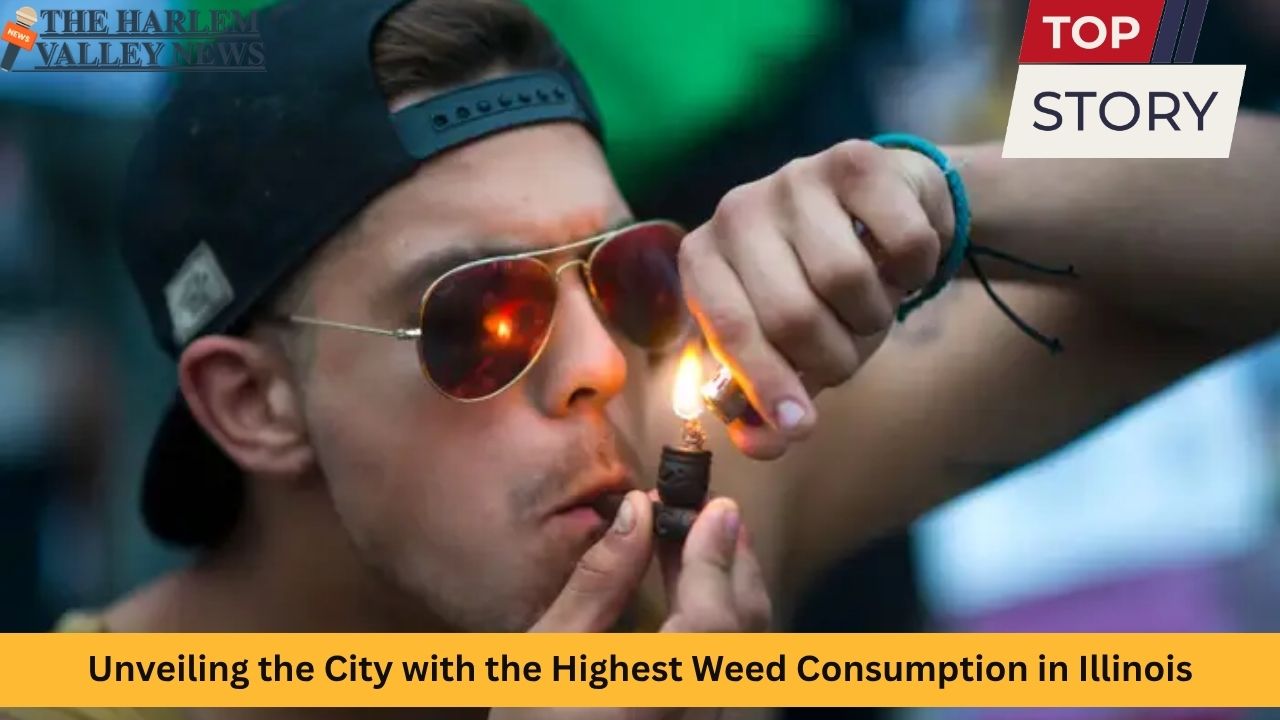
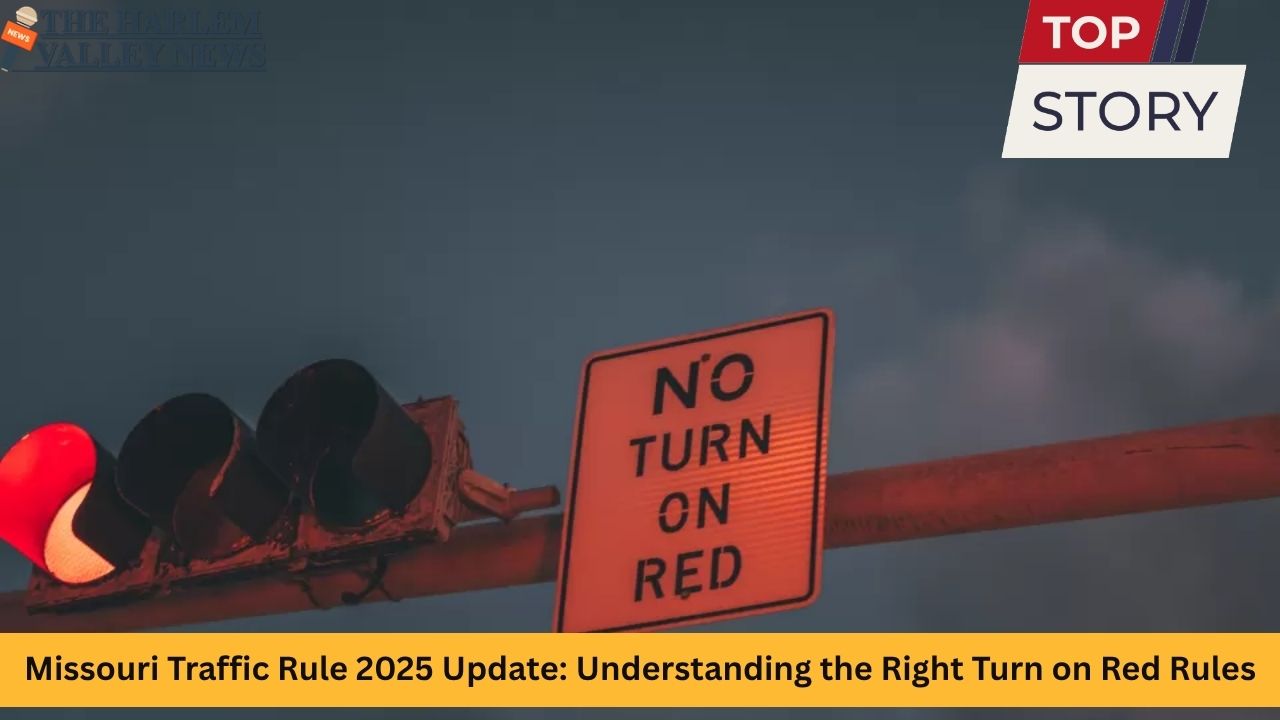



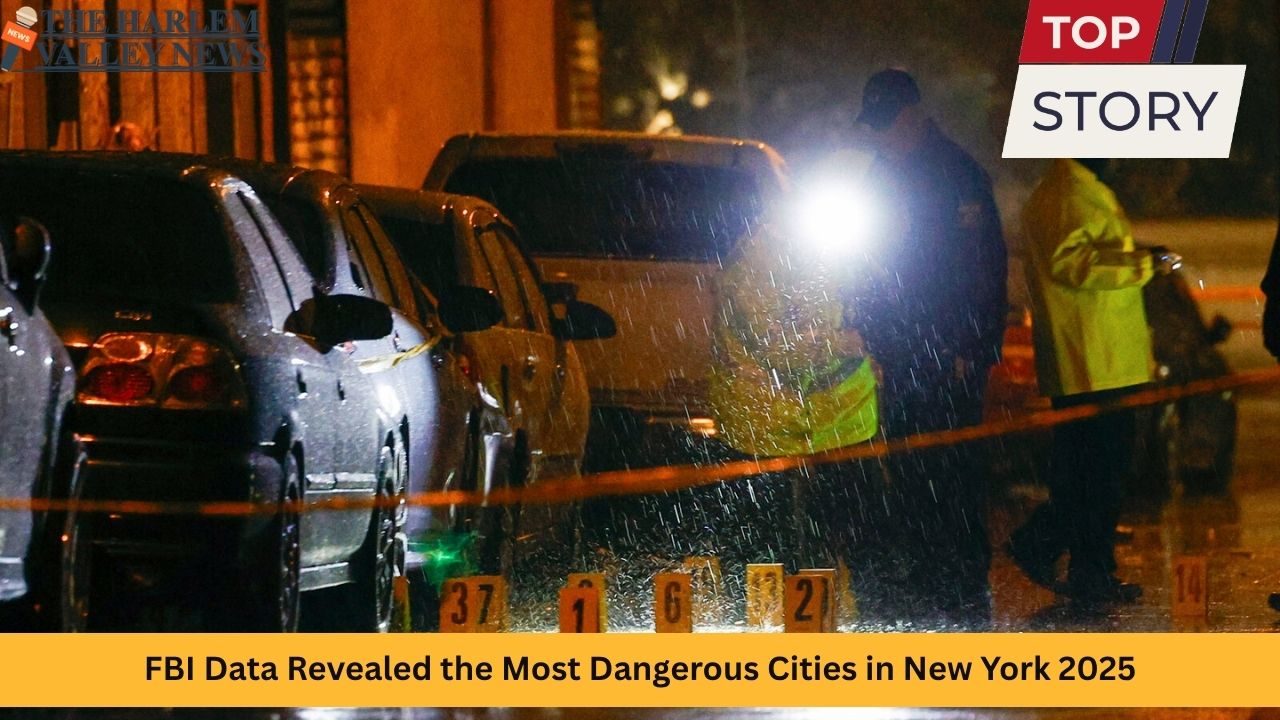

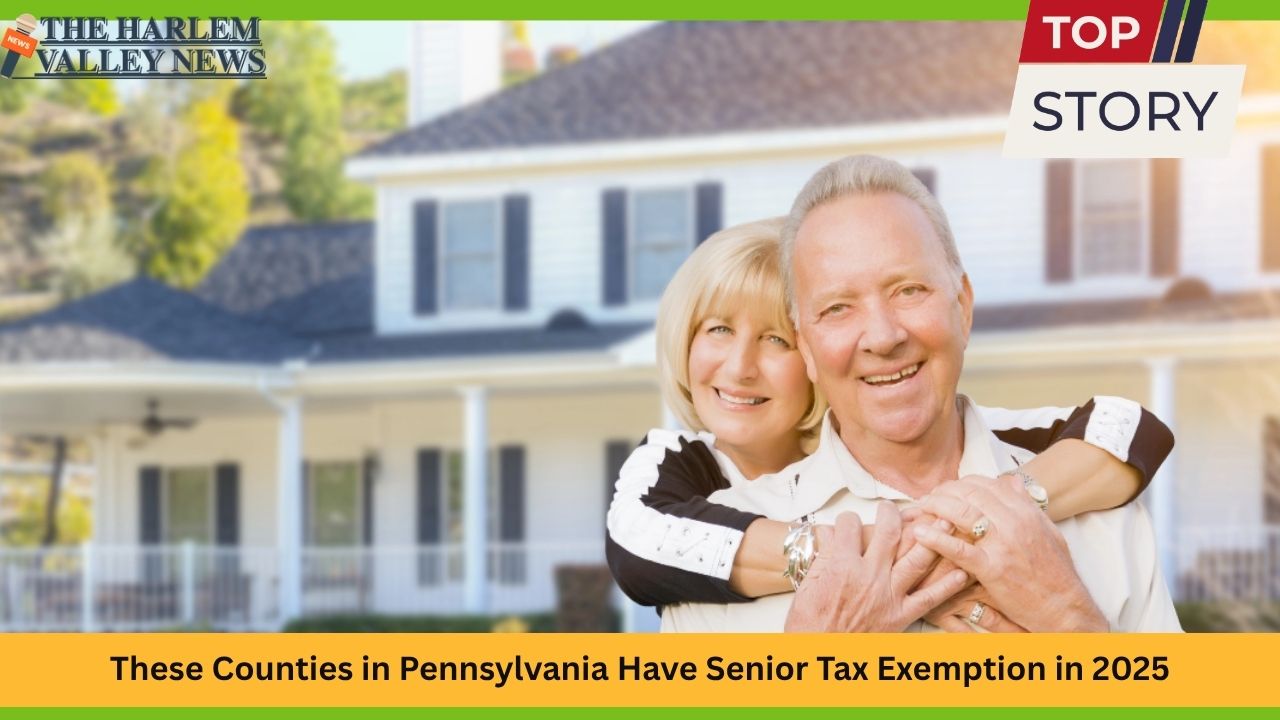
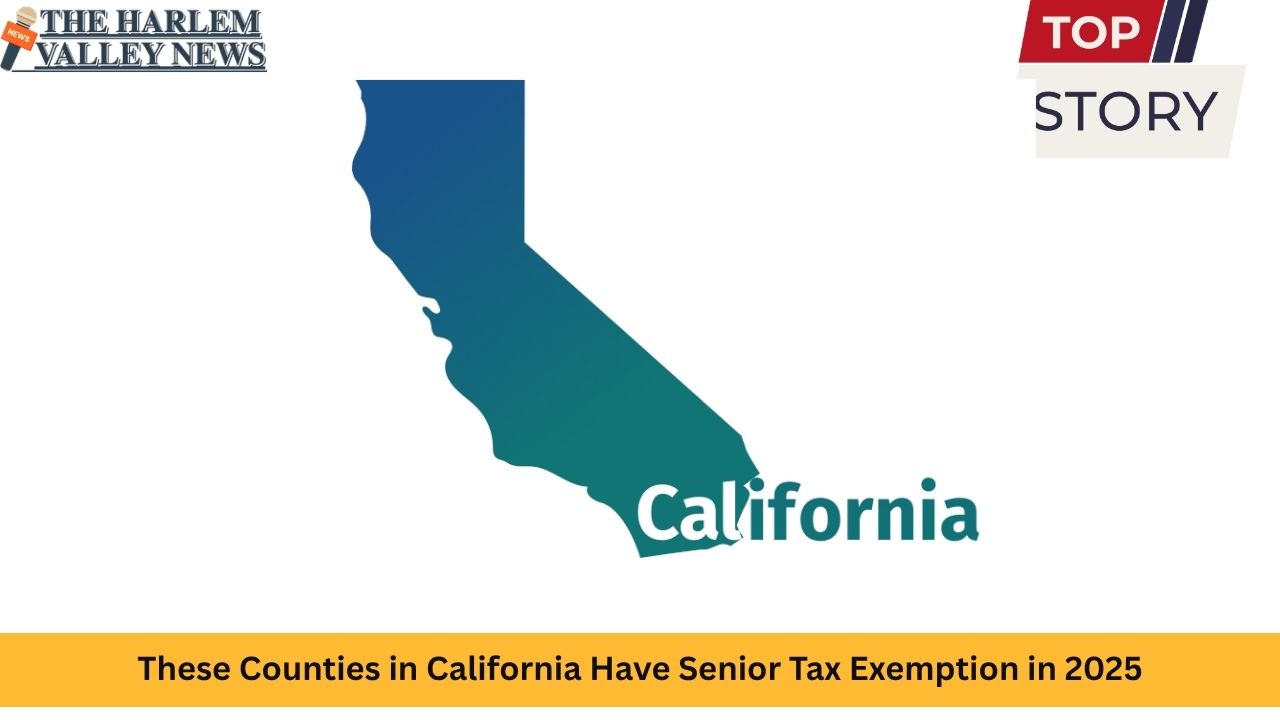

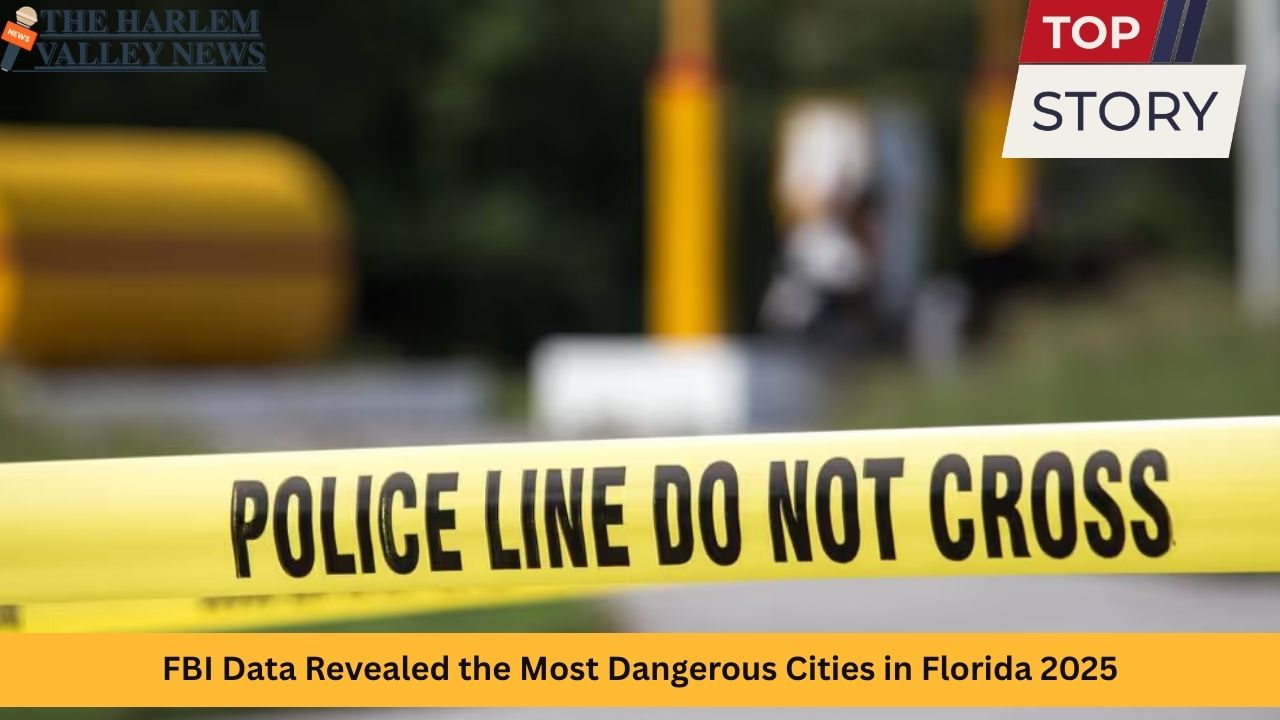
Leave a Reply